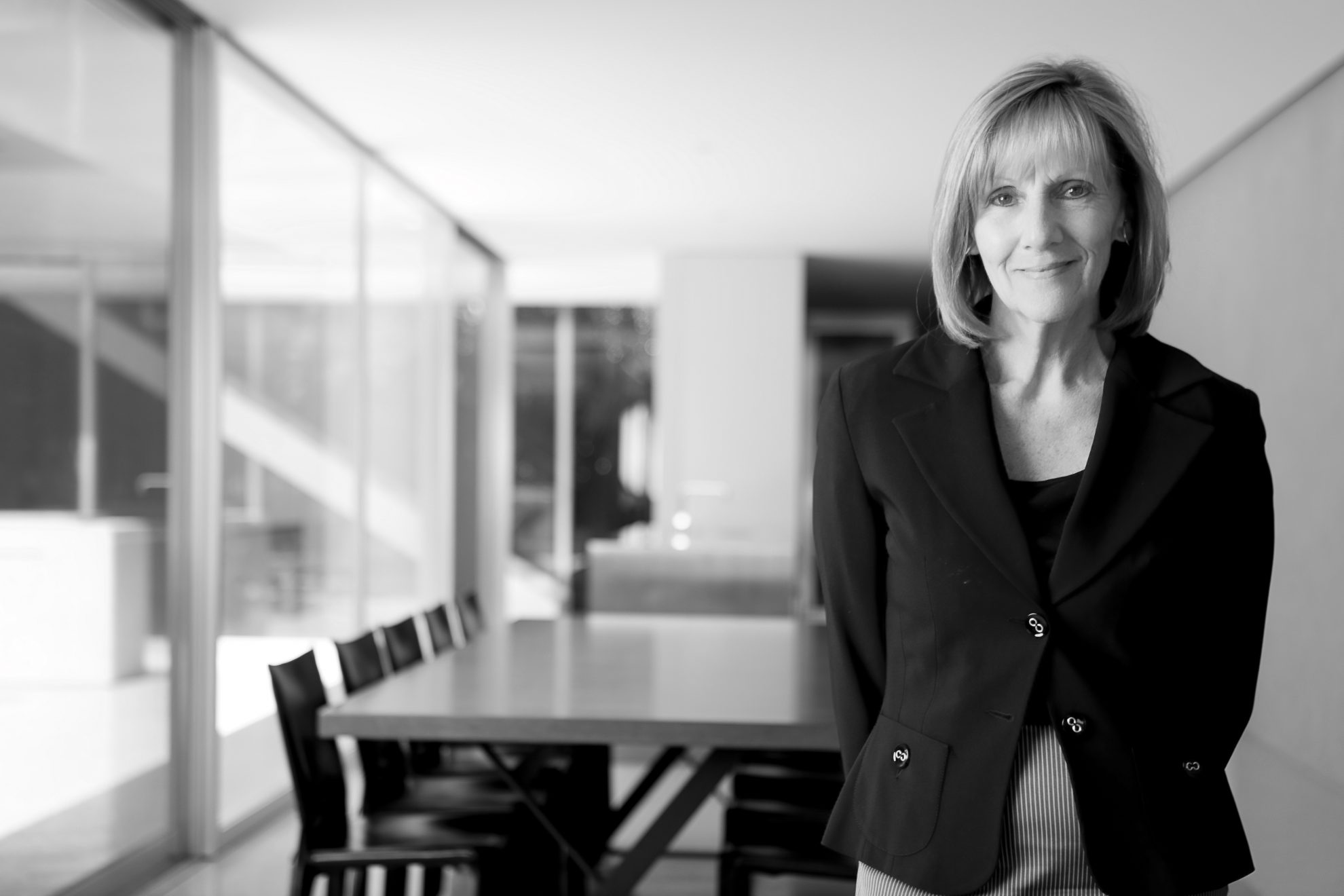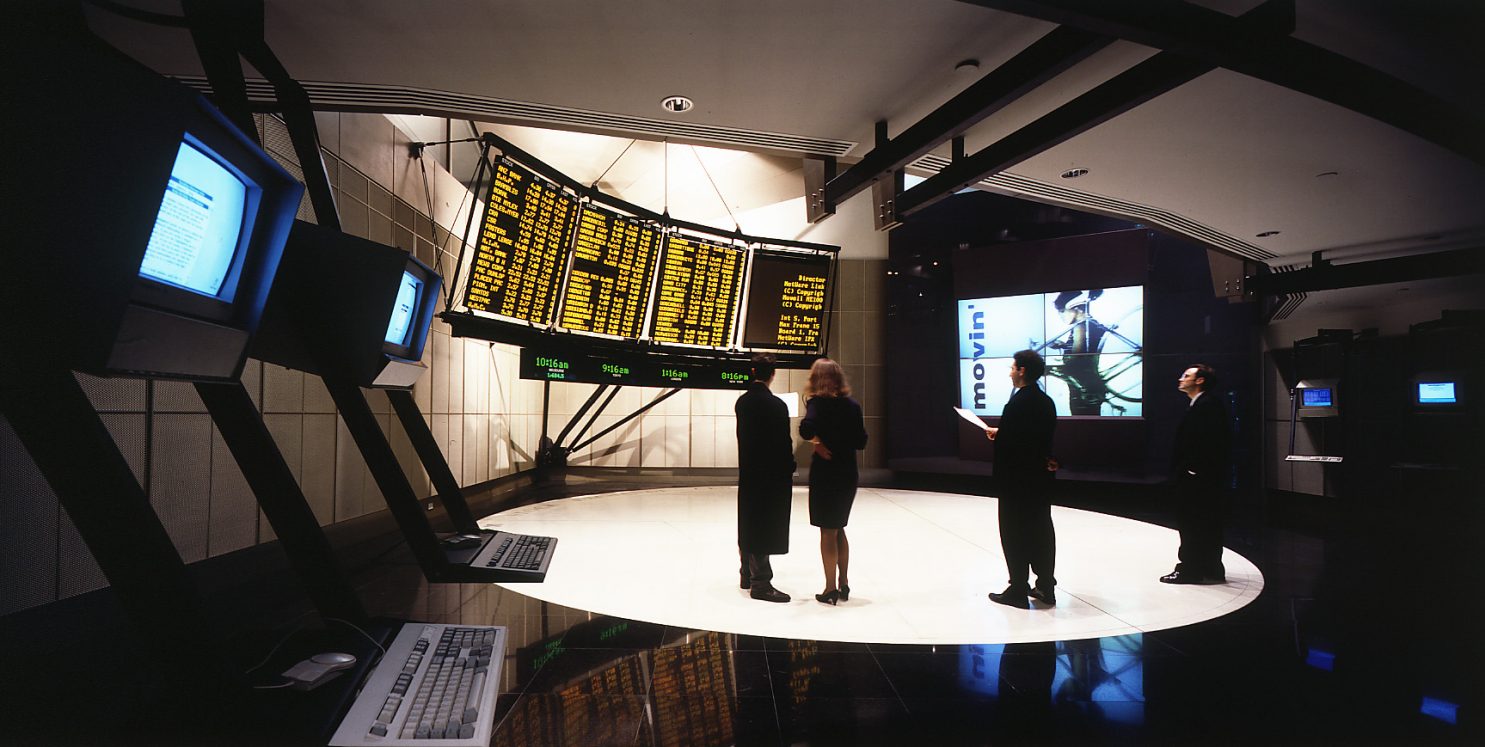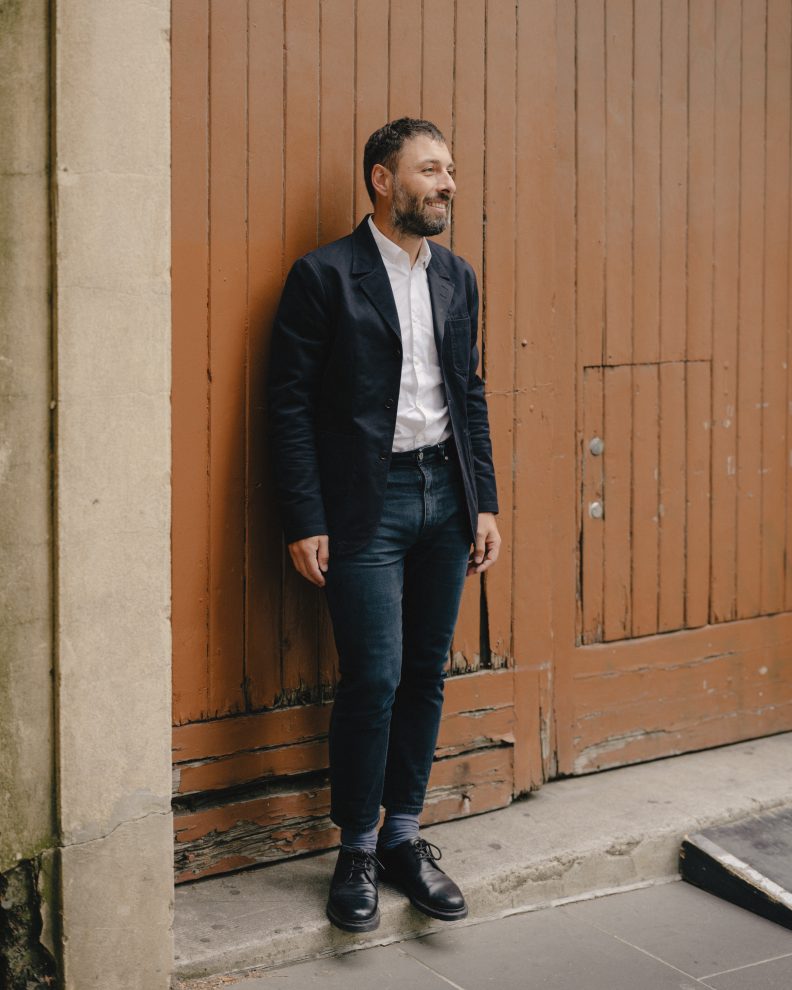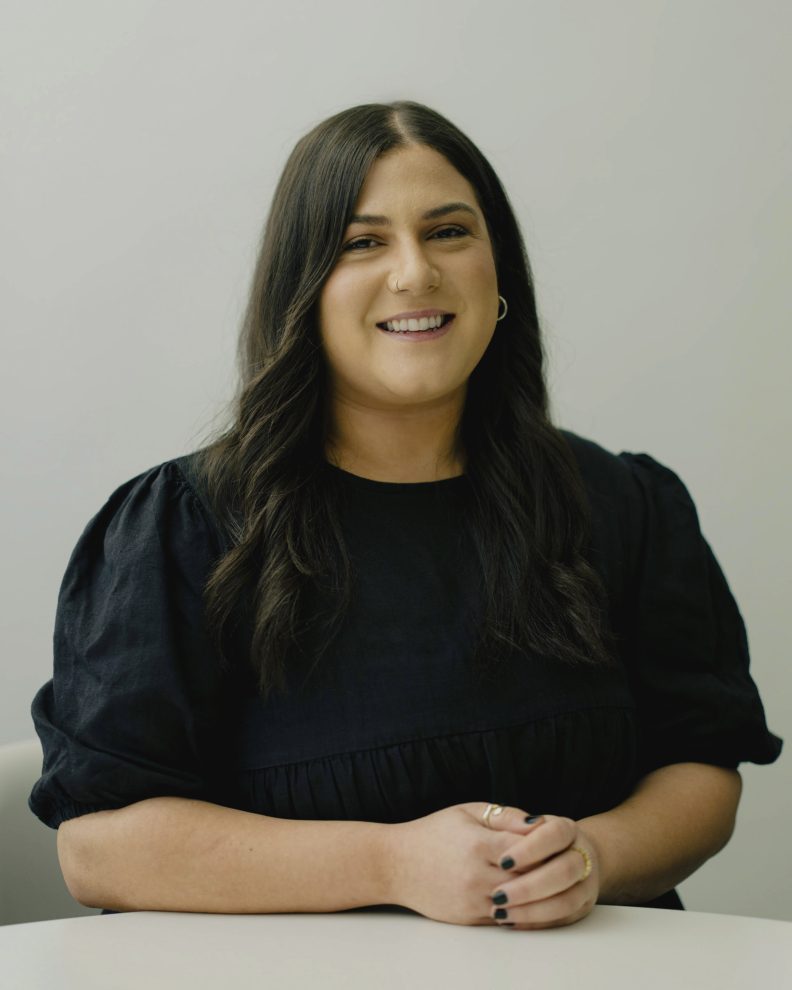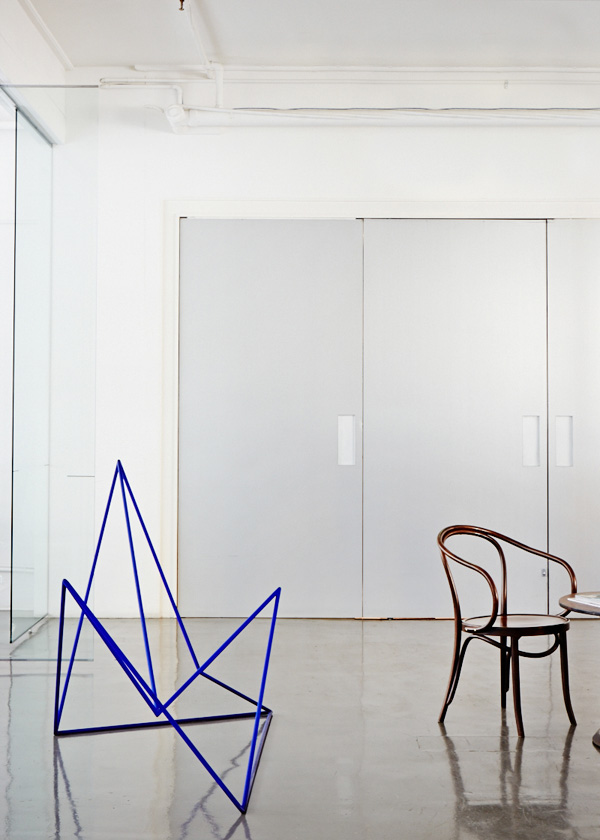
Carr studio photographed by James Braund
“I think the pivotal moment to start my own business was my frustration with the lack of respect or understanding of interior design. The other motivation was really to demonstrate the potential and power of interior design, and to create that seamless interface with architecture,” says Carr, whose 50 year career is defined by unfaltering focus, business acumen, and what Carr herself describes as a “pared back and neutral approach to the work”.
Highly motivated and driven, Carr describes her daily ritual as “regimented”. Rising by 5am every morning to catch up on world news, before training and heading into the studio, her creativity also finds expression through a passion for cooking and nurturing the garden on weekends. “I think the only regret I have in my life is that I didn’t study landscape design in addition to interior design,” Carr remarks. “To me landscape is so much part of the built form”. Carr thrives in the studio environment, her diary overflowing with client and team meetings, workshops, designing and visits to numerous building sites. Projects include some of the countries most refined buildings, their detail honed to the bone.
“There’s an underlying sense of simplicity, authenticity, quality and longevity that is instilled in our practice. I think whichever way our designers work, they look for that and I guess that’s why we attract the incredible people we attract because that’s what they believe in too.” – Sue Carr
